Remember Me Digitally
With digital lives extending beyond our physical ones, fundamental topics
of humanity such as death, loss, grief, and mourning have been increasingly
transferred to and negotiated in digitized media environments. This artistic
research based exhibition project is an observation of death in this digital
age as well as an envisage of future death. To what extend can technology
help to / do we want to memorize our beloved ones after their death? How
might people who have died maintain a digital identity that preserves their
integrity and desires in this life?

TIMELINE
Research: June 2020 - July 2020
Ideation: August 2020
Production: September 2020
Exhibition: October 2020
PROJECT PARTNER
Xinyi Gao (Research, Ideation, Installation 1)
Zhichen Wang (Research, Ideation, Installation 2)
Personal Contribution (Research, Ideation, Installation 3)
TOOLS
Assets Shooting: 360 camera
Physical Computation: Arduino, Speakers, LED lights
Digital Fabrication: Laser Cutting
Database: Python + mySQL
Installation: Raspberry PI, Thermal Printer
-> Installation 3 Technical Ideation


EXHIBITION
![]()
-> Stage/Installation 1: For the Deceased - occurrence of death(two personal phones, a hospital computer, a TV, speakers)
![]()
![]()
![]()
-> Stage/Installation 2: For the Bereaved - Preservation of Memory
(a usb and a digital photo frame, a website, a VR video)
![]()
![]()
![]()
-> Stage/Installation 3: For the Death Industry - Digital Legacy Service
(an interactive service booth)
![]()
![]()
![]()

-> Stage/Installation 1: For the Deceased - occurrence of death(two personal phones, a hospital computer, a TV, speakers)
-> Stage/Installation 2: For the Bereaved - Preservation of Memory
(a usb and a digital photo frame, a website, a VR video)

-> Stage/Installation 3: For the Death Industry - Digital Legacy Service
(an interactive service booth)